Description of flavor and taste characteristics of Brazilian Hilado coffee beans Grinding scale of Deep-roasted Coffee beans by Variety treatment
Professional coffee knowledge exchange more coffee bean information please follow the coffee workshop (Wechat official account cafe_style)
For more boutique coffee beans, please add private Qianjie coffee on Wechat. WeChat account: qjcoffeex
With its high output, Brazilian coffee has been ranked first in coffee exports for more than a hundred years. Most boutique coffee stores have at least one Brazilian product (single producing area) or Italian blend containing Brazilian coffee, which shows how much impact it has on the coffee industry as a whole.
People love Brazilian coffee beans so much, one is because it has a mellow, solid, low-sour coffee taste, as well as a variety of nut flavor characteristics, are very suitable for all kinds of brewing methods, you can directly feel the flavor level of individual coffee beans, it can also be used as the main tone for the blending of coffee beans.
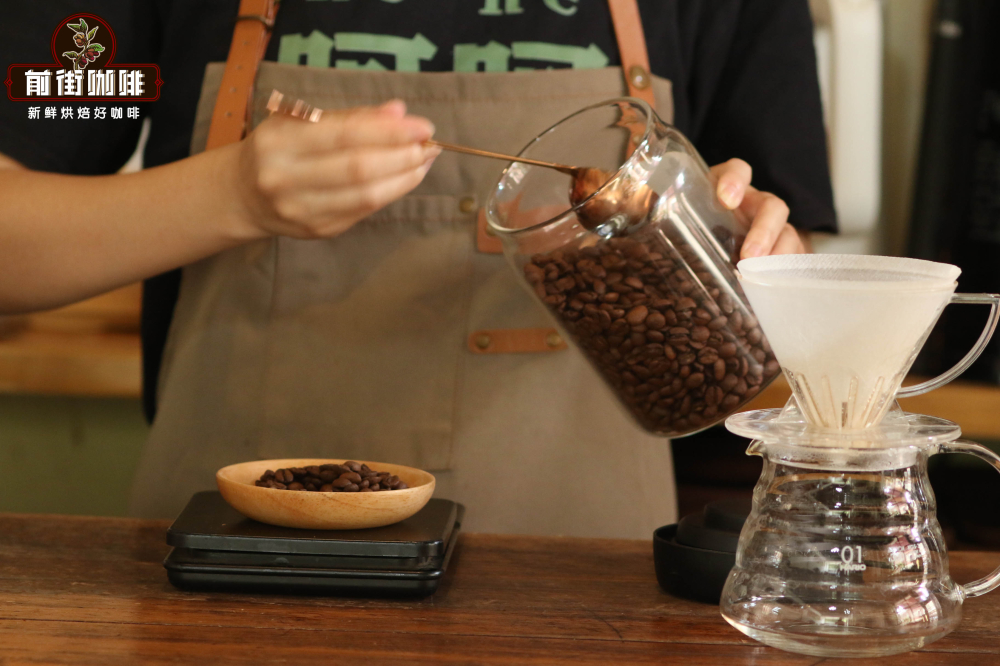
Another reason is that Brazilian coffee beans are relatively cheap compared to coffee beans in many other producing areas, because the planting environment creates an advantage in production, so it is a very cost-effective coffee bean. Just entry-level boutique coffee / do not like sour / do not like too bitter friends can start as much as possible.
Main producing areas of Arabica coffee in Brazil
The main producing areas of Brazilian coffee beans are: Minas Gerais MinasGerais, Sao Paulo Sao Paulo, Bahia Bahia and Esp í rito Santo Espirito Santo, which account for 90% of the country's exports.
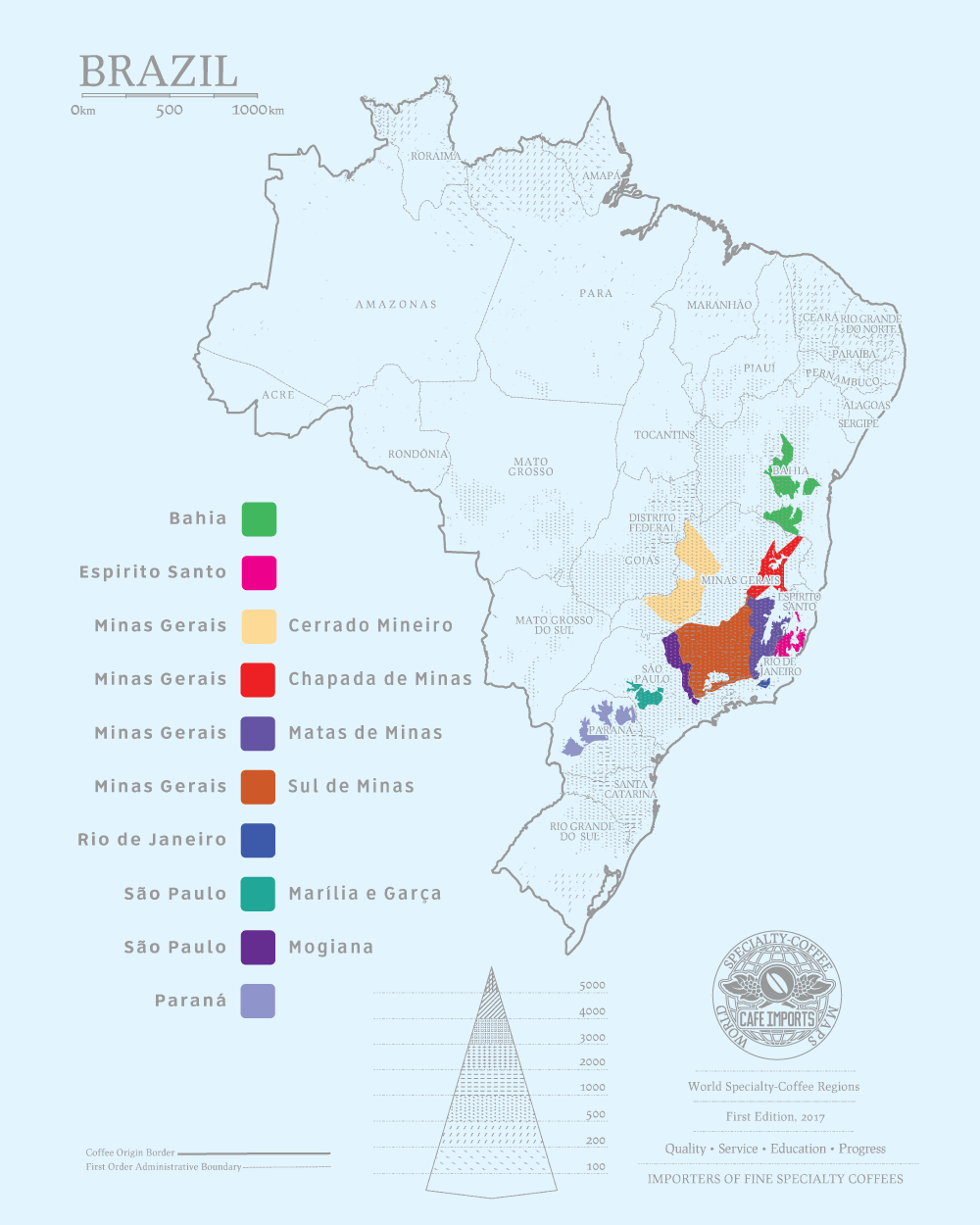
At present, most of the boutique Brazilian coffee beans in the domestic market come from Sao Paulo Morgiana, Minas Gerais and South Minas. Because these three regions have relatively high elevations in Brazil, high elevations are essential for Arabica coffee beans to taste good.

Qianjie Coffee currently sells two boutique Brazilian coffee beans, one from Queen Morgiana Manor in S ã o Paulo, and one red bourbon from Syrador in Minas Gerais.
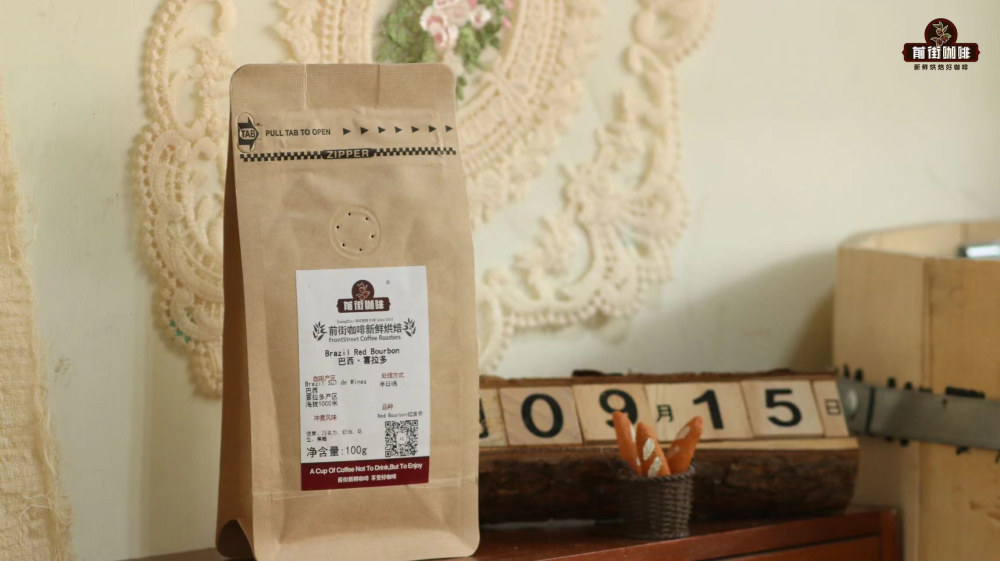
What's the difference between red bourbon and yellow bourbon?
These two varieties are bourbon species naturally evolved from iron card varieties, which are characterized by short round beans and thick bean bodies. Generally speaking, bourbon coffee is mainly made of green fruit, which turns into bright red fruit when ripe, which is what we have heard of as "red bourbon". Through the cup test and comparison in the front street, it is found that the red bourbon coffee beans have smooth taste and obvious sweet flavor.
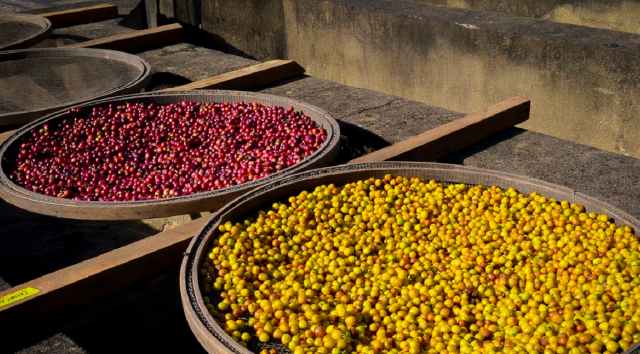
The yellow bourbon is a unique bourbon variety in the Brazilian state of Sao Paulo, mainly because the mature consequence does not turn red, but appears orange, so it is called "yellow bourbon". Yellow bourbon will have a great flavor if it is planted at high altitude. After cup test and comparison in the front street, it is found that the acidity of yellow bourbon coffee beans is balanced and supple, the bitter feeling is weak and clean, and the whole is very bright and refreshing.
Brazilian coffee bean treatment
In order to reduce the mildew and soil smell of coffee beans during the sun exposure, the Brazilian Coffee Association developed Pulped Natural in 1990 to shorten the processing time. The two methods are similar, but the difference lies in whether the treatment process is assisted by water. The half-sun method can greatly reduce the shortcomings of the quality control tube, successfully reduce the defect, have a neat and beautiful appearance, and have a higher sweetness.
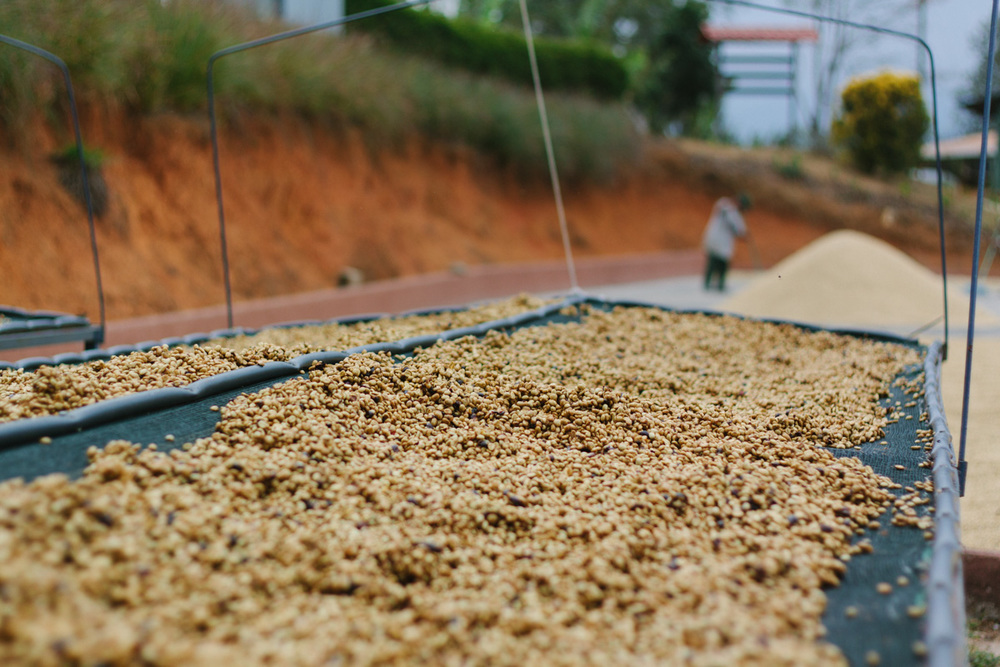
Half-sun treatment is divided into two stages: first, use sunlight drying to reduce the moisture content to 2025%, and then send it to the dryer to reduce the moisture content to 1014%, and complete the drying treatment.
Flavor characteristics of Brazilian coffee beans
Compared with other Central and South American countries, Brazil has low elevation, flat and monotonous landform, and lack of micro-climate, so even if coffee beans are planted in high altitude areas of Brazil, the growth of coffee will be delayed because of the lack of temperature difference between day and night. the soil does not have too many rich nutrients to supply the roots of coffee trees, forming more bright and rich coffee flavor.
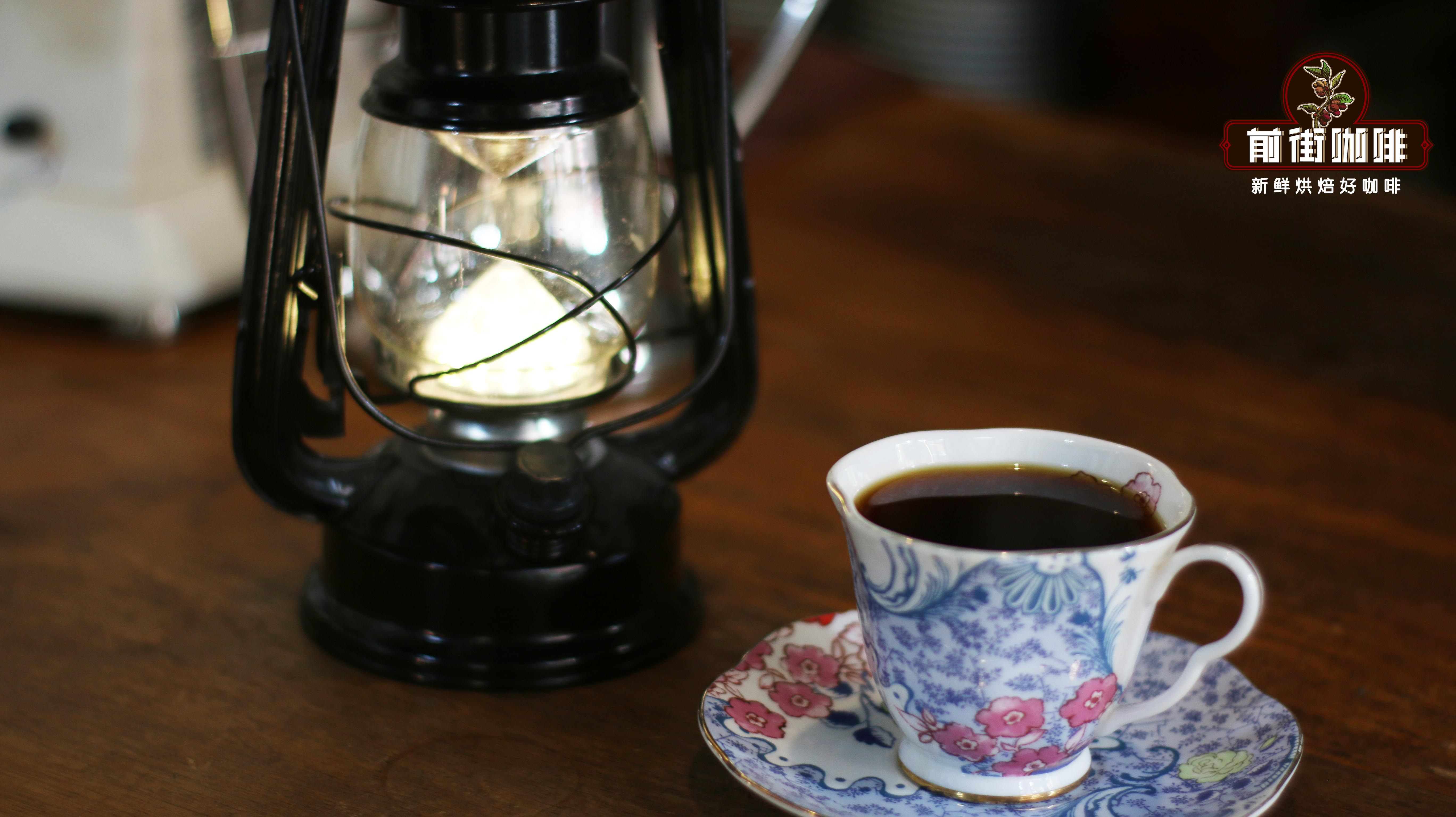
Qianjie tested Brazilian coffee beans from different producing areas and found that Brazilian coffee beans have low acidity, sweet chocolate and mellow taste in the nutty taste.
How do Brazilian coffee beans taste good?
If you want a cup of coffee to taste good, use freshly roasted coffee beans. All the coffee beans sold in Qianjie are sent out within 5 days after baking, ensuring the freshness of the beans and giving everyone a better sense of the charm of the flavor level in the coffee.
In order to make the coffee beans in Brazil reflect the characteristics of low acidity and mellowness, Qianjie coffee is roasted until the second explosion and roasted to a medium depth. The longer the roasting time, the looser the structure of the coffee beans, and the faster the release of coffee substances, so Qianjie Coffee recommends thickening the grinding degree of Brazilian coffee beans and not using too high temperature water to reduce the extraction of the back section of the coffee and reduce the bitterness.

The longer the roasting time, the looser the structure of the coffee beans, and the faster the release of coffee substances, so Qianjie Coffee recommends that you should thicken the grinding degree of the Mantening coffee, and do not use too high temperature water to reduce the extraction of the back section of the coffee and reduce the bitterness.
Qianjie Coffee Store will use the following drip extraction parameters: filter cup: KONO, powder quantity: 15g, water powder ratio: 1:15, grindness: Chinese standard No. 20 sieve pass rate 70%, water temperature: 88 ℃.
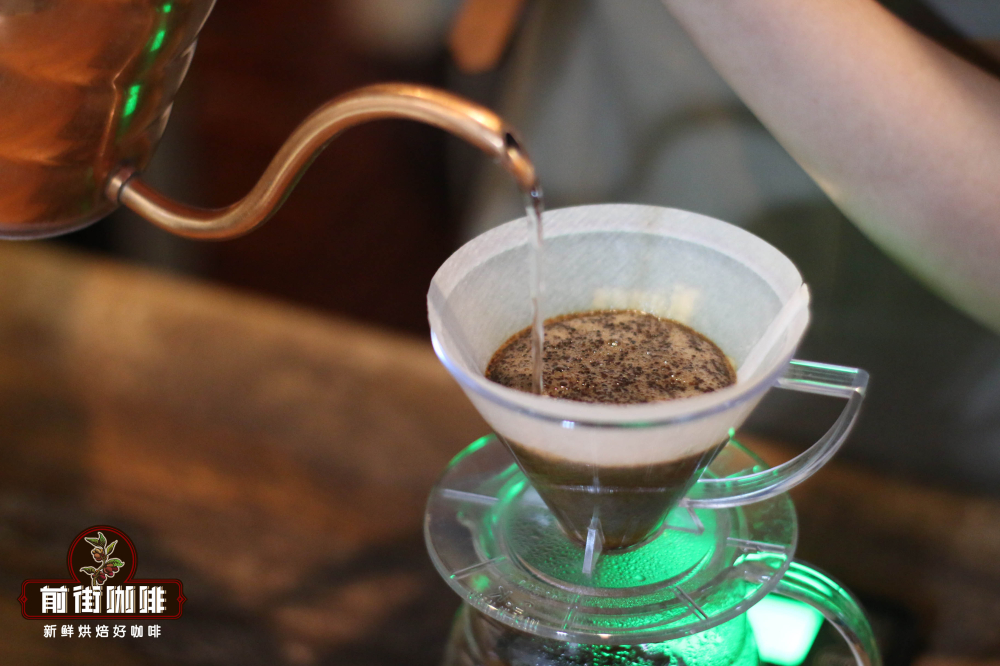
The extraction techniques are as follows: 30 grams of water is injected into the first stage for steaming for 30 seconds, and the second stage is injected into about 125 grams of water, then wait for the coffee liquid to drop, and when it falls to half, the last section of water is injected to 225 grams. Wait for all the coffee drops to lag behind before ending the extraction, the general total extraction time is about 2 minutes and 10 seconds.
Important Notice :
前街咖啡 FrontStreet Coffee has moved to new addredd:
FrontStreet Coffee Address: 315,Donghua East Road,GuangZhou
Tel:020 38364473
- Prev

Coffee beans from which region of Latin America do you belong to? high school regional geography Latin America
Coffee beans belonging to which region of Latin America-High School Regional Geography of Latin America in 1721 French naval officer Gabriel Mathieu de Clieu went through difficulties and difficulties to bring the first coffee sapling from Africa to the Latin American island of Martinique, all of which was the origin of coffee cultivation in Latin America. Because France was king of Bourbon at that time.
- Next
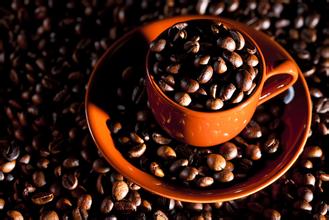
Starbucks Preferred Coffee History Story Brand Variety Introduction
Starbucks is the hero of a popular American novel more than 100 years ago. In the 1970s, three Americans turned it into a coffee shop sign to promote the American spirit. Since then, cups of Starbucks coffee have fascinated the whole world
Related
- Detailed explanation of Jadeite planting Land in Panamanian Jadeite Manor introduction to the grading system of Jadeite competitive bidding, Red bid, Green bid and Rose Summer
- Story of Coffee planting in Brenka region of Costa Rica Stonehenge Manor anaerobic heavy honey treatment of flavor mouth
- What's on the barrel of Blue Mountain Coffee beans?
- Can American coffee also pull flowers? How to use hot American style to pull out a good-looking pattern?
- Can you make a cold extract with coffee beans? What is the right proportion for cold-extracted coffee formula?
- Indonesian PWN Gold Mandrine Coffee Origin Features Flavor How to Chong? Mandolin coffee is American.
- A brief introduction to the flavor characteristics of Brazilian yellow bourbon coffee beans
- What is the effect of different water quality on the flavor of cold-extracted coffee? What kind of water is best for brewing coffee?
- Why do you think of Rose Summer whenever you mention Panamanian coffee?
- Introduction to the characteristics of authentic blue mountain coffee bean producing areas? What is the CIB Coffee Authority in Jamaica?

